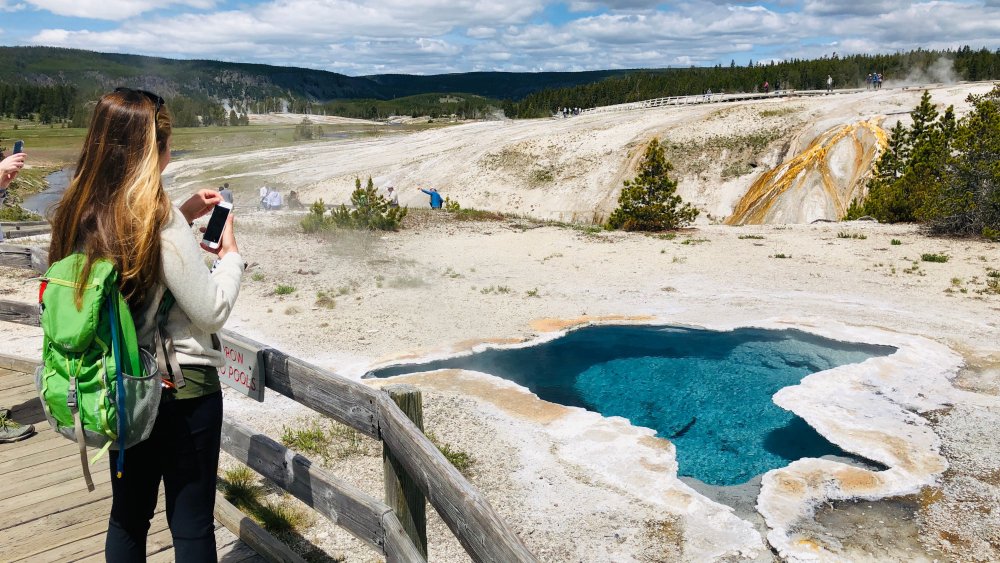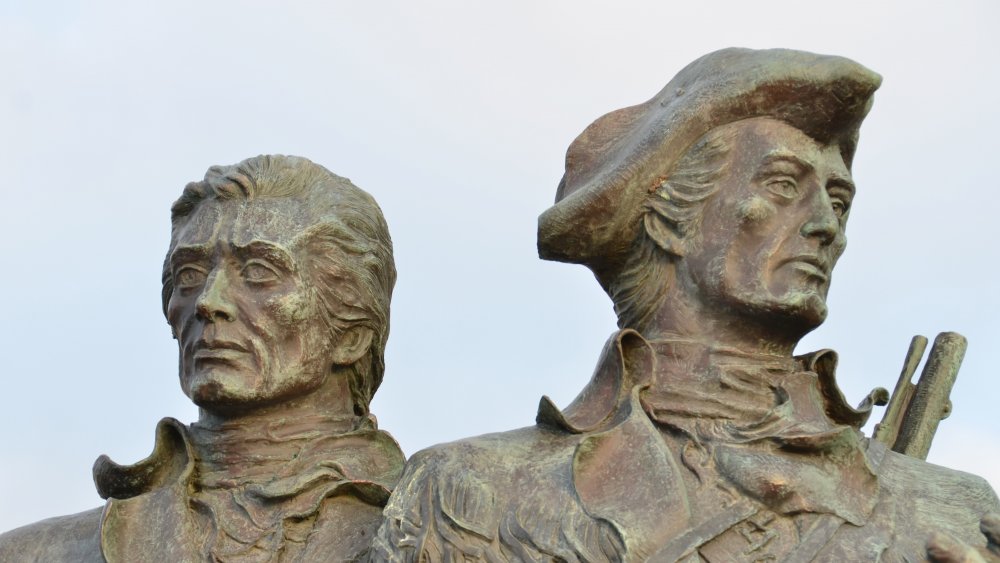Who Was The First Non-Native American To See Yellowstone?
According to the National Parks Service, the area now known as Yellowstone National Park has been home to humans for more than 11,000 years, with the Shoshone Tukudeka tribe making extensive use of the land long before European explorers arrived. But history, as presented by white people, only counts if it happens to white people. Who was the first outsider to look out upon the majesty of Yellowstone, pushing the already present inhabitants to to periphery of their consciousness, and say "I found this?"
The answer, it turns out, is "probably a guy named John," but you could have guessed that on your own. Let's dig in.
Lewis and Clark, John Colter, and the importance of ditching work
The year was 1806, and John Colter had been traveling with the Lewis and Clark expedition for nearly three years. That's a long time to do any job without a break, but it was probably doubly frustrating for Colter, who by most accounts had sort of a renegade, throw-the-rulebook-out-the-window, Riggs-to-everyone-else's-Murtaugh approach to being a mountain man. In the early days of the trip, he'd been court martialed after threatening to shoot another member of the team, only being reinstated after suffering the harshest of punishments: he had to tell the other guy that he was really, really sorry.
With this people-person attitude in mind, John was probably good and ready for some new faces when the crew ran into a couple of trappers in August of 1806. They were looking for someone to lead them into the territories that the expedition had recently waltzed through, and Colter volunteered for the job, obtaining an honorable discharge and jetting back into the wilderness with his new pals. A year later, he came across a region covered in hot springs, geysers, and scalding hot mudpots.
Like the first guy to describe a platypus to his buddies or a drunk describing the movie Cats, Colter was dismissed and even mocked for the messages he relayed. Today, there's a mountain in Yellowstone named after him. So who's laughing now?

